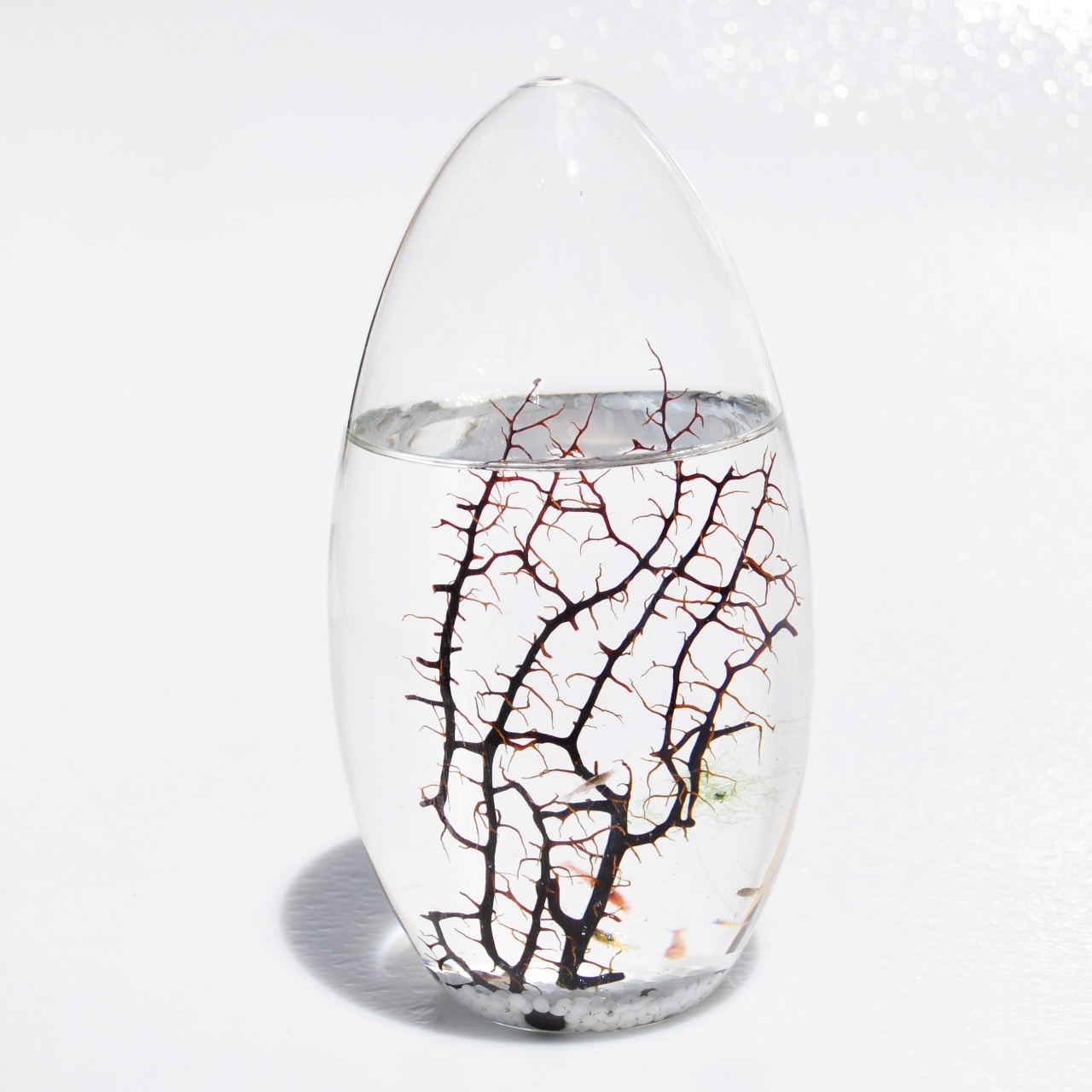Introduction
A Self Sustainable Ecosystem is more than just a beautiful decoration—it’s a living classroom in a jar. It allows students and nature enthusiasts to observe how plants, microorganisms, and small creatures like Opae Ula shrimp interact and thrive without human interference. A Self sustainable ecosystem demonstrates real-world ecological principles, making it one of the most powerful and engaging educational tools available today.
What Is a Self Sustainable Ecosystem
A Self Sustainable Ecosystem is a closed environment that supports life through natural balance. Within it, producers, consumers, and decomposers create a continuous cycle of energy and nutrients. Plants and algae use light to produce food and oxygen, shrimp feed on algae, and microorganisms recycle waste back into nutrients. This perfect cycle allows a Self Sustainable Ecosystem to function independently for years.
Learning Through Observation of a Self Sustainable Ecosystem
A Self Sustainable Ecosystem offers hands-on learning like no textbook can. By observing it, students see the natural balance between living organisms and their environment. They learn how photosynthesis, respiration, and decomposition work together in harmony. The Self Sustainable Ecosystem brings abstract scientific concepts to life, helping learners understand ecology, biology, and sustainability in a simple and captivating way.
Why Teachers Love Using a Self Sustainable Ecosystem
Teachers value the Self Sustainable Ecosystem because it provides a practical way to demonstrate complex scientific ideas. Instead of explaining energy cycles or food chains with diagrams, they can show them in action. The Self Sustainable Ecosystem encourages curiosity, critical thinking, and respect for nature. It also makes an engaging long-term classroom project since it requires no feeding, cleaning, or maintenance.
The Role of Opae Ula Shrimp in a Self Sustainable Ecosystem
Opae Ula shrimp make the Self Sustainable Ecosystem even more educational. These tiny red shrimp from Hawaii are hardy, peaceful, and fascinating to watch. They help maintain the ecosystem by feeding on algae and producing waste that microorganisms recycle. Their presence allows students to see real-life examples of consumers and their role in maintaining ecological balance within a Self Sustainable Ecosystem.
Educational Benefits of a Self Sustainable Ecosystem
Using a Self Sustainable Ecosystem in education provides countless benefits:
- Visual Learning: Students can see natural processes instead of reading about them.
- Long-Term Observation: The Self Sustainable Ecosystem can last for years, making it suitable for repeated study.
- Environmental Awareness: It fosters appreciation for nature’s balance and encourages sustainable living.
- Scientific Thinking: It teaches observation, documentation, and hypothesis testing through real-world examples.
How to Use a Self Sustainable Ecosystem in the Classroom
In classrooms, a Self Sustainable Ecosystem can be integrated into science lessons, environmental studies, and even art projects. Students can record changes in algae growth, shrimp behavior, and water clarity over time. Teachers can use the Self Sustainable Ecosystem to discuss concepts like the carbon cycle, oxygen production, and ecosystem interdependence. It transforms theory into a living, interactive experience.
Creating Your Own Self Sustainable Ecosystem for Learning
Building a Self Sustainable Ecosystem for educational purposes is simple. A clear glass jar, aquatic plants, clean water, and Opae Ula shrimp are all you need. Place the jar in indirect sunlight and watch as life balances itself. The process of setting up and maintaining the Self Sustainable Ecosystem gives students hands-on experience in observation and patience—two vital skills for scientific learning.
Conclusion
A Self Sustainable Ecosystem is an extraordinary educational tool that brings science, sustainability, and curiosity together. It illustrates the beauty of natural balance, showing how life can flourish without human control. By observing and studying a Self Sustainable Ecosystem, learners gain a deeper understanding of ecology and environmental responsibility. It’s not just a jar of water and shrimp—it’s a window into the living science that powers our planet.
